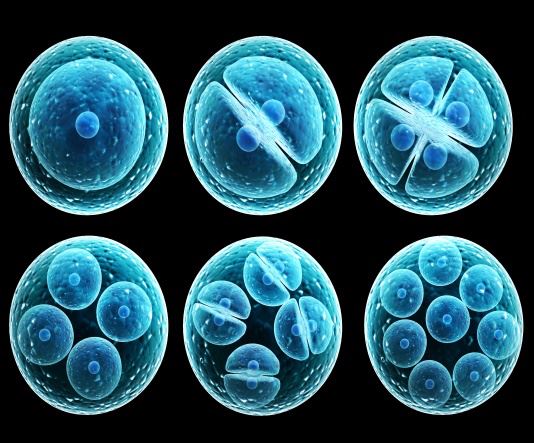Developmental Biology
The introduction of developmental biology

From the history of development, developmental biology is an old and young discipline. It was developed on the basis of embryology. It originated in the 1950s and formally formed an independent discipline in the 1970s. A new discipline gradually formed in the process of learning molecular embryology which is also the comprehensive and further development of this discipline. Since the 1980s, due to the development of disciplines such as genetics, cell biology, and molecular biology, a large number of new research methods have been applied, and developmental biology has made great progress. The research content of this subject includes the occurrence and formation of gametes, fertilization process, cell differentiation and morphogenesis, including how different cell groups in the development process are reconfigured and specialized, the emergence of various cell types, the appearance of the final organ phenotypic characteristics and the establishment of special functions, the expression, control and regulation of genes at different developmental stages, the causal relationship between genotype and phenotypic expression, the relationship between nucleus and cytoplasm during development, interrelationships between cells, and the effects of external factors on embryonic development. Among them, cell differentiation is a core problem in developmental biology.
The research status of developmental biology
Developmental biology is one of the important basic branches of biological sciences. The research content is infiltrated with many other disciplines, especially with genetics, cell biology and molecular biology. It uses modern science and technology to study and analyze the processes and mechanisms of organisms from spermatogenesis and egg development, fertilization, growth, aging and death from the molecular level, submicroscopic level and cellular level. Although there are many species of animals, the development of embryos still has a similar process, which can be divided into stages of fertilization, cleavage, morula, blastocyst, gastrula and organ formation. In addition, during the embryonic development of vertebrates, the characteristics common to various animals will appear first (such as the skin), and then specialized structures (such as fish scales) will be developed. In general, the ectoderm forms the epidermis and nerve tissue. The endoderm forms the intestinal epithelium and the digestive gland epithelium, which forms bone, muscle, blood, lymph and other connective tissues. Others are derived from the mesoderm. But there are exceptions: the sphincter of the eye iridescence does not come from the mesoderm, nor from the mesenchyme, but from a part of the retina, that is, from the ectoderm. The smooth muscle of the sweat gland is not from the mesoderm, but from the ectoderm; the mesenchyme itself is unclear, as it may come from the ectoderm, or from the mesoderm, or even from the endoderm. Research on developmental biology needs further advancement, which will help to understand the developmental mechanisms of organisms.
Reference
- Mauch T J, Schoenwolf G C. Developmental Biology. Sixth Edition. By Scott F. Gilbert. American Journal of Medical Genetics Part A. 2001, 99(2):170–171.
- Slack J M. Developmental biology of the pancreas. Cell Biochemistry & Biophysics. 2004, 40(3):127-142.
- Hirsch A M. Developmental biology of legume nodulation. New Phytologist. 2010, 122(2):211-237.